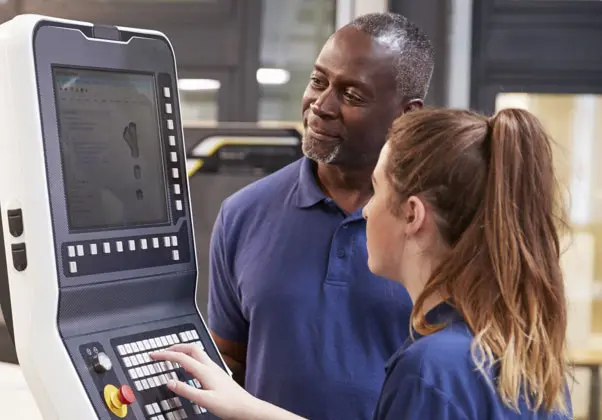This pathway prepares students to work with customers to ensure the manufacturing process produces a product that meets or exceeds customer expectations. They also monitor the manufacturing process and the materials used to make the product.
Students will:
- Explore manufacturing careers and prepare to apply for and succeed in their first job
- Learn how manufacturing companies operate, including the use of computers and automation in manufacturing
- Complete hands-on projects designed to provide insight into the world of manufacturing
- Explore the principles and techniques involved in lean manufacturing, such as minimizing waste and improving workflow











